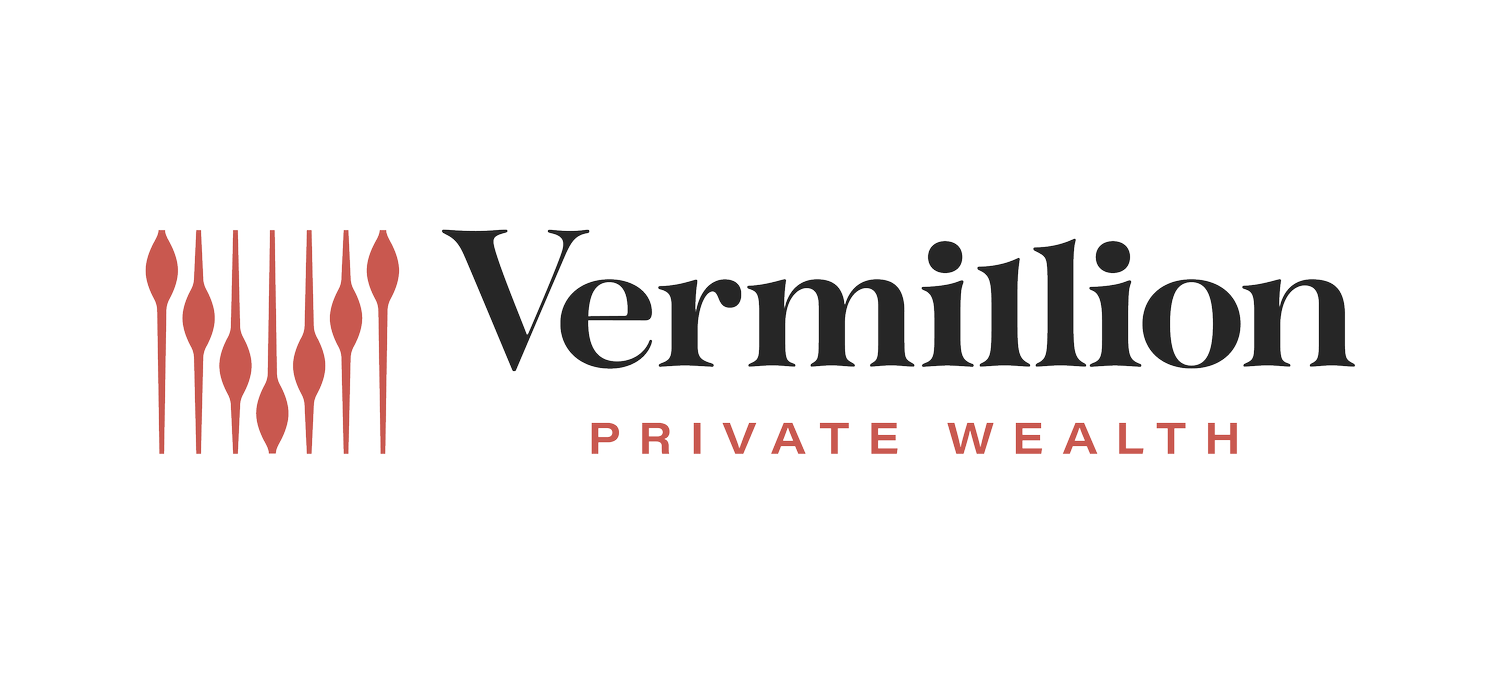Redefining Risk: Why Playing It Too Safe Might Be Riskier Than You Think
A down-trodden gambler throws back a shot of whiskey at the poker table and wagers his last buck. That’s the image that many see when thinking about risk. It can be a scary concept. But what if there’s another alarming risk that’s often ignored?
There is. It’s the risk of not taking enough risk. According to a Wells Fargo study, approximately 60% of Americans invest too conservatively by focusing more on loss avoidance than growth potential.
Rest assured, I’m not suggesting you YOLO your retirement savings, implement complex trading strategies, or put all your eggs in one basket.
Instead, I recommend considering three pillars to ensure your strategy is suitable (not too conservative or too aggressive).
Time Horizon:
Is your objective 15 years away or 15 months? If a market correction occurs just before you need the funds, you could be in trouble. But if you're saving for a goal that’s years or decades away, you can be more aggressive since your investments have more time to recover in the event of a downturn. As your time horizon changes, revisit your strategy.
Objective
Are you saving for a down payment on your dream home? Funding retirement? Building a family legacy? There are countless reasons to invest, and it's important to consider your goals when allocating your investable assets.
Risk Tolerance
If your portfolio loses 20% of its value in a month, will you be able to sleep soundly? If you can’t stomach volatility, you should craft your portfolio with that in mind. If not, you’ll have a lot of anxiety-filled nights, the opposite of what your investments should provide.
Unfortunately, many investors don’t evaluate these pillars and invest in a portfolio with too much or too little risk. Either error can diminish results and ultimately stymie or delay retirement. Horror stories about portfolios tanking due to outsized risks are common, but missed goals attributed to too little risk and inadequate growth remain largely unmentioned.
Example:
Let’s consider a thirty-something professional with a high-risk tolerance and long-horizon. After an emergency fund has been established and short-term obligations are met, this young investor should seek to invest aggressively for retirement. A growth-focused allocation will help grow the assets over the next 30-plus years. But too often, this investor is in a portfolio more suitable for someone at or near retirement. As a result, the investments miss growth opportunities, and when compounded over many years, that can be devasting.
The pitfall of this misallocation is the opportunity cost of a more suitable, higher growth plan. To correct this early miscalculation, investors sometimes take greater risks later in life when they are most vulnerable. Trying to make up for lost time can worsen matters, creating a loss of capital when it’s needed most.
Everyone is different. We all have different goals, values, and risk appetites, and there isn’t a one size fits all solution. Consider the three pillars when reviewing your investments to ensure you're working towards your objectives in a risk-appropriate manner.
If you want to chat more about your strategy, visit our website or schedule a meeting at:

